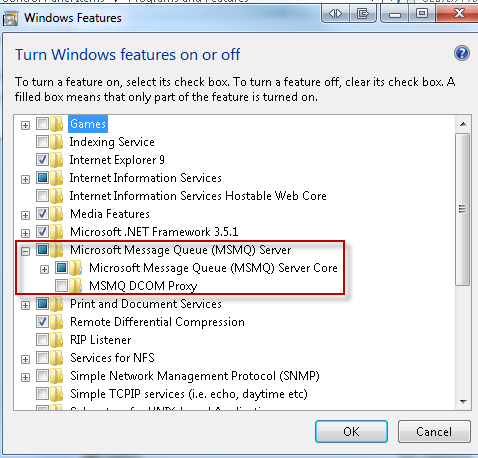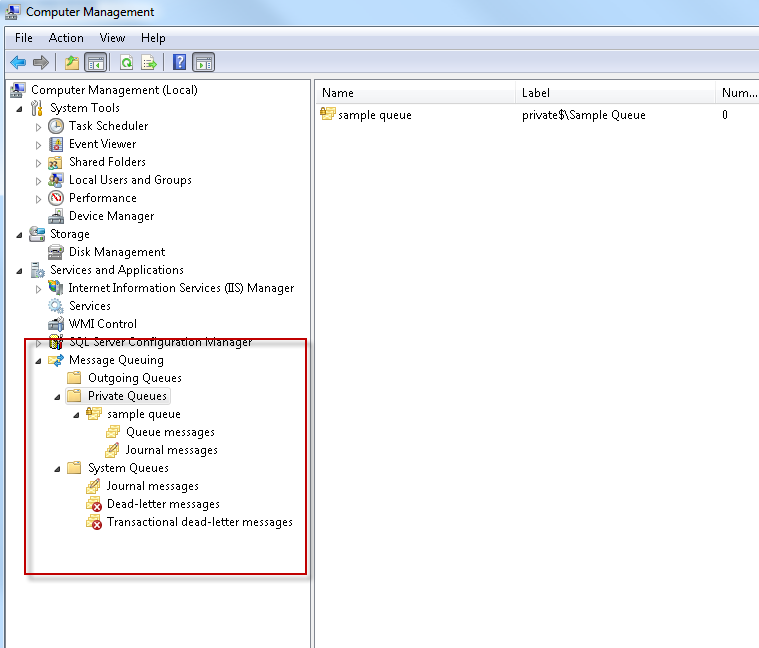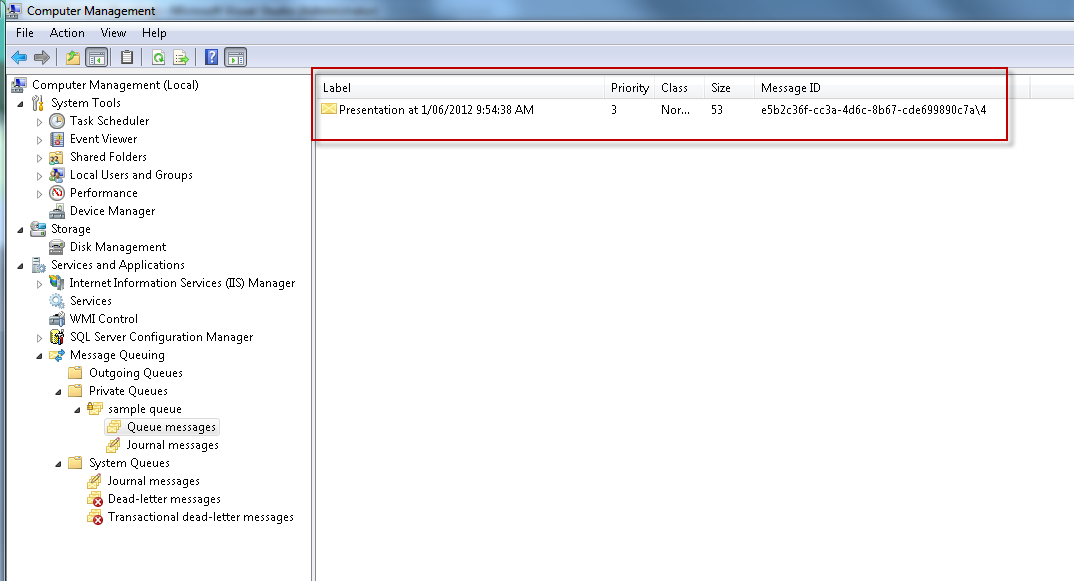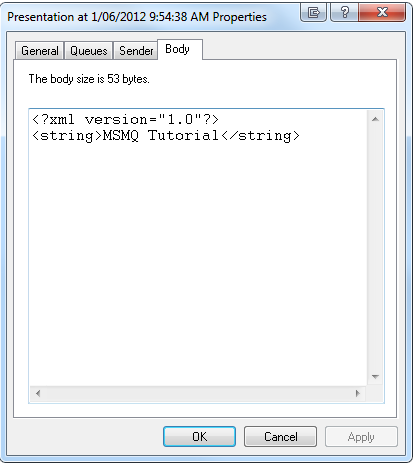Below is the sample in how to reproduce a recursive parent-child relationship and how to find out which records are the troublesome one
CREATE TABLE RecursiveSample
(
REF INT NOT NULL,
PARENT_REF INT NOT NULL,
NAME VARCHAR(255)
)
GO
/*Inserting the parents*/
INSERT INTO RecursiveSample(REF, PARENT_REF, NAME) VALUES(1, 0, ‘Parent 1’)
GO
INSERT INTO RecursiveSample(REF, PARENT_REF, NAME) VALUES(2, 0, ‘Parent 2’)
GO
INSERT INTO RecursiveSample(REF, PARENT_REF, NAME) VALUES(3, 0, ‘Parent 3’)
GO
/*Inserting the child*/
INSERT INTO RecursiveSample(REF, PARENT_REF, NAME) VALUES(4, 1, ‘Child Parent 1’)
GO
INSERT INTO RecursiveSample(REF, PARENT_REF, NAME) VALUES(5, 2, ‘Child Parent 2’)
GO
INSERT INTO RecursiveSample(REF, PARENT_REF, NAME) VALUES(6, 3, ‘Child Parent 3’)
GO
/*Inserting the grand child*/
INSERT INTO RecursiveSample(REF, PARENT_REF, NAME) VALUES(7, 4, ‘Grand Child Parent 1’)
GO
INSERT INTO RecursiveSample(REF, PARENT_REF, NAME) VALUES(8, 5, ‘Grand Child Parent 2’)
GO
INSERT INTO RecursiveSample(REF, PARENT_REF, NAME) VALUES(9, 6, ‘Grand Child Parent 3’)
GO
/*Let’s update the record to make it recursive*/
UPDATE RecursiveSample SET PARENT_REF = 7 WHERE REF = 4
GO
/*Run this query to find the Parent child structure*/
;WITH CTE
AS(
SELECT *,[PATH]=CAST(REF AS NVARCHAR(1000))FROM RecursiveSample WHERE PARENT_REF =0
UNION ALL
SELECT A.*,[PATH]=CAST(C.[PATH]+’/’+RTRIM(C.REF) AS NVARCHAR(1000))
FROM CTE C
INNER JOIN RecursiveSample A ON C.REF=A.PARENT_REF AND PATINDEX(‘/’+RTRIM(A.REF)+’/%’,’/’+C.[PATH]+’/’)=0
)
SELECT * FROM CTE
/*
REF PARENT_REF NAME PATH




